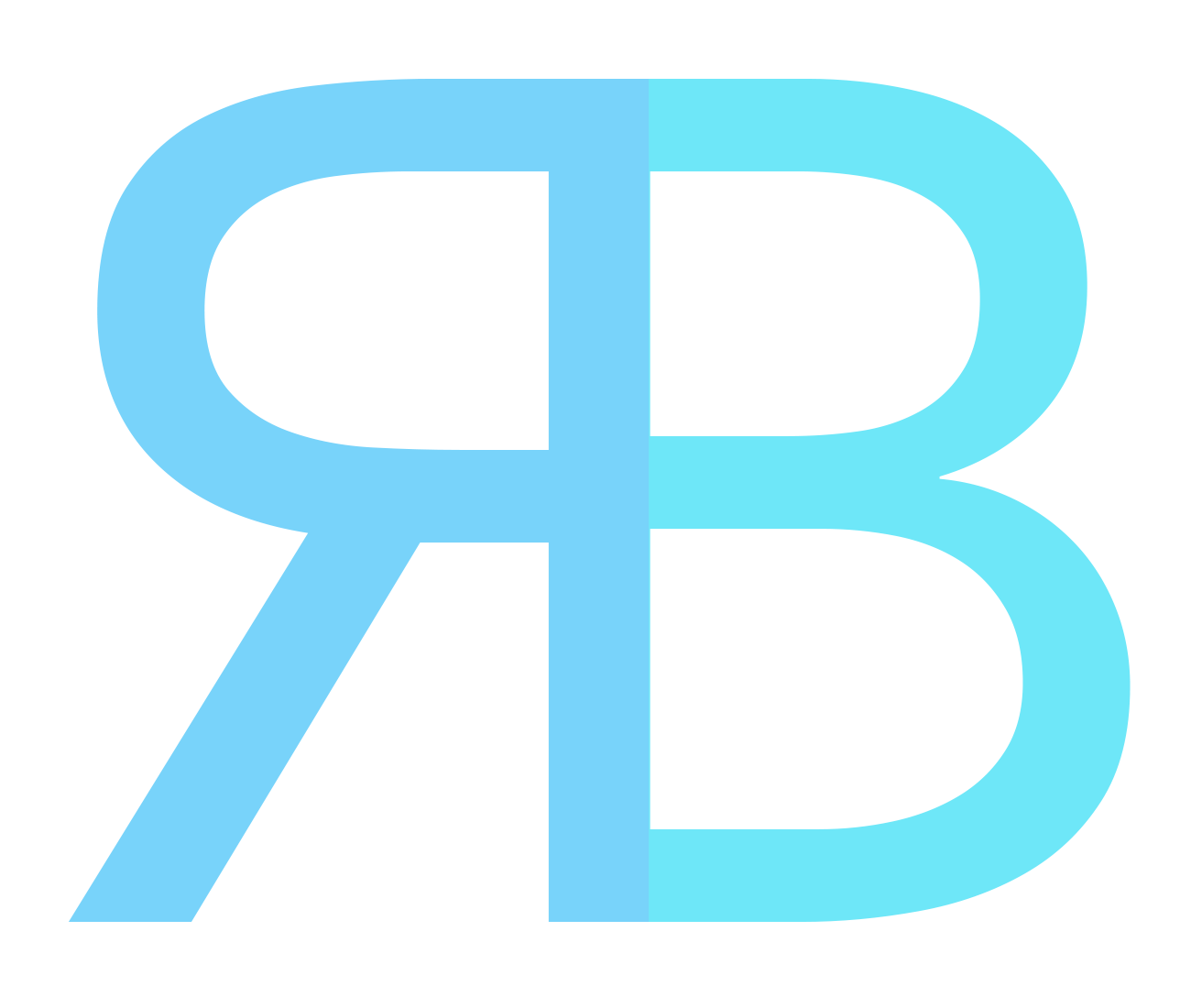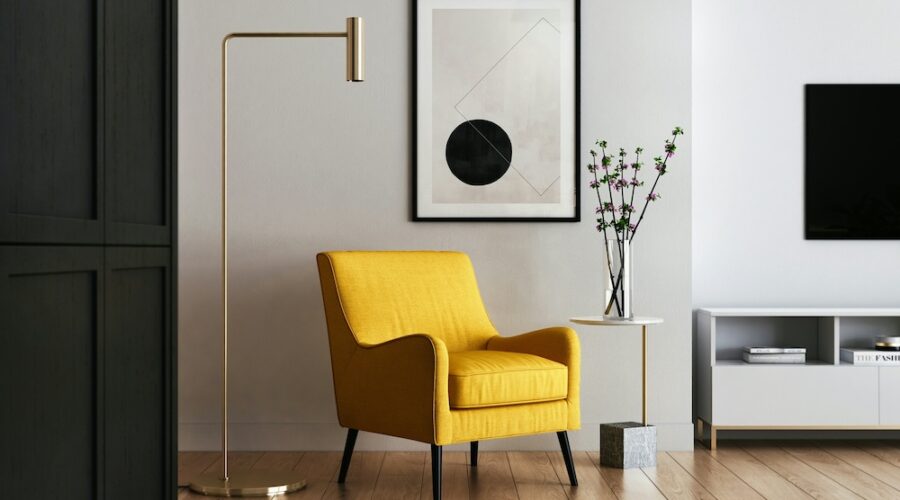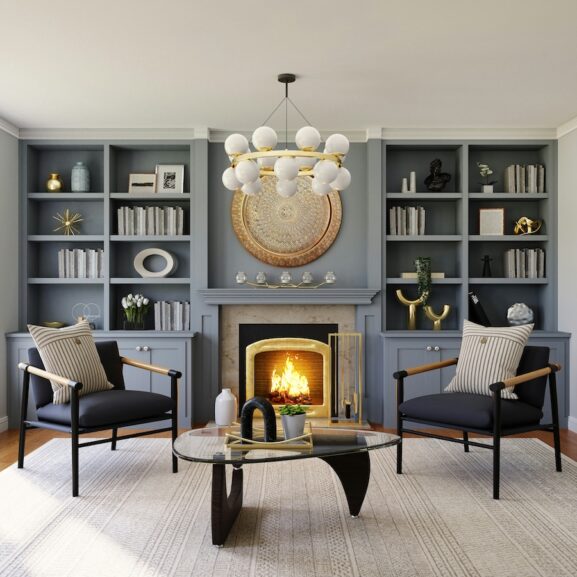10 Proven Home Staging Tips for a Fast and Profitable Sale
Are you looking to sell your house quickly and for top dollar? The secret recipe might just be in perfecting the art of home staging. Picture this: potential buyers walking into a beautifully staged home, where every corner whispers, “You can make memories here.” That lasting impression could be the deal-maker.
In today’s competitive real estate market, showcasing your home in its best light can be the difference between a quick sale and a lingered listing. But where do you start? Fear not! Let’s dive into 10 proven home staging tips that not only attract prospective buyers but also boost the perceived value of your property.
From creating irresistible curb appeal to harnessing the power of virtual staging, we’ve got you covered with actionable insights and expert techniques. Get ready to transform your living space into a buyer’s dream without breaking the bank. Let’s make that “For Sale” sign a thing of the past and welcome a lucrative sale with open arms.
Introduction to Home Staging
When it comes to selling a house quickly and lucratively, home staging plays a pivotal role in creating a lasting impression on potential buyers. The art of home staging involves strategically preparing and presenting a property to highlight its best features and make it more appealing to a wide range of buyers.
Effective home staging can significantly increase the chances of a quick sale and even command higher prices. By showcasing a well-staged home, sellers can create an emotional connection with buyers and help them envision themselves living in the space. This initial presentation of a home is crucial in making a positive first impression, which can ultimately lead to more competitive offers.
Home staging involves various techniques, including decluttering, depersonalizing, and rearranging furniture to create a neutral and inviting space. Additionally, minor repairs, a fresh coat of paint, and attention to curb appeal can greatly enhance the overall appeal of the property. By utilizing natural lighting and adding subtle fragrances, sellers can create an atmosphere of comfort and warmth.
In the following sections, we will explore key tips, benefits, and challenges of home staging, as well as the pros and cons of virtual home staging. So, if you’re looking to sell your house quickly and lucratively, keep reading for actionable insights and expert techniques to master the art of home staging.
Key Tips for Home Staging
Add Subtle Fragrances
When it comes to creating a welcoming and inviting atmosphere in your staged home, adding subtle fragrances can make all the difference. A pleasant scent can evoke positive emotions and leave a lasting impression on potential buyers. Here are some tips to effectively incorporate fragrances into your home staging efforts:
- Choose Neutral Scents: Opt for mild and neutral scents that are not overpowering or too specific. Scents like fresh linen, vanilla, or citrus are generally well-received by most people and can create a pleasant ambiance.
- Use Natural Fragrances: Consider using natural fragrances such as essential oils or scented candles made from soy or beeswax. These not only add a pleasant scent but also contribute to a healthier indoor environment compared to synthetic air fresheners.
- Strategic Placement: Place fragrances strategically in key areas of your home, such as the entryway, living room, and bedrooms. Avoid placing them in every room to prevent overwhelming buyers with too many scents.
- Subtle Diffusion Methods: Use diffusers or reed diffusers to release a gentle and consistent fragrance throughout the day. This ensures a subtle and long-lasting scent that appeals to potential buyers.
- Fresh Flowers or Potted Plants: Another way to introduce natural scents is by incorporating fresh flowers or potted plants into your staging. Not only do they add a touch of beauty, but they also bring in a subtle and pleasant fragrance.
Remember, the goal is to create a pleasant and welcoming atmosphere without overwhelming the senses. Buyers should feel comfortable and relaxed as they explore the property. Additionally, be mindful of any allergies or sensitivities that potential buyers may have, and avoid using strong or artificial scents that could trigger adverse reactions.
By incorporating subtle fragrances in your home staging efforts, you can create an environment that engages buyers’ senses and helps them envision themselves living in the space. The right scent can leave a positive and memorable impression, increasing the likelihood of a quick and profitable sale.
Benefits and Statistics of Home Staging
Home staging is an essential aspect of selling a house quickly and lucratively. By showcasing your home in its best possible light, you can capture the attention of potential buyers and create a lasting impression. Let’s explore some key statistics and benefits of effective home staging:
- Increased Selling Time: According to a survey conducted by the Real Estate Staging Association (RESA), homes that were professionally staged spent 73% less time on the market compared to their unstaged counterparts. This means that a well-staged home has a higher chance of attracting potential buyers quickly.
- Higher Selling Price: In the same RESA survey, it was revealed that staged homes sold for an average of 8% above the listing price. This is a significant increase in the final sale price and highlights the financial benefits of investing in home staging.
- Enhanced First Impression: The initial presentation of your home is crucial, and home staging helps create a positive and lasting first impression on potential buyers. By decluttering, depersonalizing, and arranging furniture strategically, you can showcase the true potential of each room.
- Improved Online Presence: In today’s digital age, buyers often browse online listings before deciding to visit a property. Stunning photographs of a professionally staged home can attract more online views and generate increased interest among potential buyers.
- Increased Buyer Perception: A staged home conveys a sense of luxury, warmth, and functionality. It helps buyers envision themselves living in the space and creates an emotional connection, leading to a higher likelihood of making an offer.
- Competitive Advantage: With the real estate market becoming increasingly competitive, home staging sets your property apart from others. It positions your home as a high-quality, well-maintained space, providing a competitive edge in attracting buyers.
By understanding the benefits and leveraging the power of effective home staging, you can sell your home faster and at a higher price. Investing in professional home staging is a cost-effective way to elevate your property’s appeal and maximize its selling potential.
Remember, the statistics and benefits mentioned here highlight the positive impact of home staging, making it a worthwhile endeavor for homeowners looking to achieve a quick and profitable sale.
Overcoming Challenges in Home Staging
Home staging can present its fair share of challenges for homeowners, but with the right strategies, these obstacles can be overcome to ensure a successful and profitable sale. Two common challenges in home staging are budget constraints and time limitations.
Budget Constraints: Maximizing Impact on a Limited Budget
A limited budget doesn’t mean that your home staging efforts need to suffer. Prioritize the key areas that potential buyers are most likely to focus on, such as the living room, kitchen, and master bedroom. Focus on small changes that can make a big impact, such as decluttering, depersonalizing, and rearranging furniture to create an open and inviting space. Additionally, consider cost-effective ways to enhance the curb appeal, such as adding fresh flowers or a fresh coat of paint to the house’s exterior.
Time Limitations: Efficient and Effective Staging
Time limitations can often add stress to the home staging process. To make the most of the time available, focus on the high-impact areas that can quickly transform the overall look and feel of your home. Prioritize deep cleaning, decluttering, and making necessary repairs. Utilize multi-purpose spaces to showcase potential uses of the room.
Remember, successful home staging is about presenting your home in its best possible light to create a lasting impression on potential buyers. By addressing budget constraints and time limitations strategically, homeowners can overcome these challenges and achieve a well-staged home that generates interest and attracts prospective buyers.
Virtual Home Staging: Pros and Cons
Virtual home staging has emerged as a popular and cost-effective tool in the real estate market. It offers numerous benefits for sellers looking to capture buyers’ attention and spark their imagination. However, it also comes with some limitations that should be carefully considered.
Benefits of Virtual Home Staging:
- Cost Savings: Virtual staging eliminates the need for physical staging furniture, reducing expenses associated with renting or purchasing furnishings.
- Versatility: Virtual staging allows for easy customization and experimentation with various furniture styles, layouts, and decor options to showcase the full potential of a space.
- Visual Appeal: Professionally executed virtual staging can create stunning, photorealistic visuals that effectively highlight the best features of a property. This can attract more potential buyers and generate greater interest in the listing.
- Time Efficiency: Virtual staging can be completed rapidly, allowing for quicker turnaround times in preparing listings for marketing.
Limitations of Virtual Home Staging:
- Lack of Tangibility: Potential buyers may not experience the physical presence and feel of the staged space, making it important to manage their expectations during property tours.
- Unrealistic Expectations: Virtual staging can sometimes create an idealized representation of a property, leading to disappointment if the actual space doesn’t live up to the digitally enhanced images.
- Limited Flexibility: Virtual staging may struggle to accurately reflect unique architectural elements, room sizes, or layout challenges, which can impact buyers’ perception of a property.
- Dependency on Technology: Technical issues or poor image quality can undermine the effectiveness of virtual staging, causing distractions and detracting from the overall appeal.
Careful consideration of these pros and cons can help sellers make informed decisions about whether to incorporate virtual staging as part of their overall home staging strategy. By weighing the benefits and limitations, sellers can leverage virtual staging to enhance their listings and attract potential buyers in the competitive real estate market.
Frequently Asked Questions
Q: Is professional home staging necessary?
Professional home staging can greatly enhance the marketability of your property and increase the likelihood of a quick and profitable sale. While it is not always a mandatory requirement, hiring a professional home stager brings a wealth of experience and expertise to the table. They have a keen eye for detail and know how to highlight the best features of your home while minimizing any potential drawbacks. The goal of professional staging is to create an inviting and visually appealing environment that appeals to a wider audience of potential buyers. Studies have shown that staged homes have a higher perceived value and often sell faster and at higher prices compared to unstaged homes. So, while not necessary, professional home staging can be a valuable investment when it comes to maximizing your selling potential.
Q: What are the key areas to focus on when staging a house?
When staging a house, it is important to focus on key areas that have the greatest impact on potential buyers. These include the entrance, living room, kitchen, bathrooms, and master bedroom. The entrance sets the first impression, so make sure it is clean, clutter-free, and welcoming. In the living room, arrange furniture to create an open and inviting space, and add tasteful decorations to create a cozy atmosphere. The kitchen should be spotless and organized, with clear countertops and updated appliances. In the bathrooms, ensure they are sparkling clean and consider adding fresh towels and scented candles for a spa-like feel. Lastly, the master bedroom should showcase a serene and relaxing ambiance with minimal clutter and neutral colors. By focusing on these key areas, you can maximize the appeal of your home to potential buyers.
Q: Can home staging be done on a small budget?
Absolutely! Home staging does not have to be an expensive endeavor. There are many cost-effective ways to stage your home on a small budget. Start by decluttering and depersonalizing your space, removing any unnecessary items that can distract buyers. Rearrange furniture to create an open and spacious layout and consider swapping out outdated decor with affordable yet stylish accessories. A fresh coat of paint in neutral colors can also go a long way in transforming the look and feel of a room. Additionally, incorporating natural lighting and adding subtle fragrances can further enhance the overall ambiance of your home. With some creativity and resourcefulness, you can achieve a high-quality home staging even on a limited budget.
Q: How effective is virtual home staging in attracting potential buyers?
Virtual home staging has become an increasingly popular and effective tool in the real estate market. By digitally furnishing and decorating empty or outdated spaces, virtual staging can help potential buyers visualize the full potential of a property. It provides an opportunity to showcase various design styles and layout options, catering to different buyer preferences. Virtual staging also allows for easy customization and experimentation, giving buyers the ability to envision their own personal touch on the space. While virtual staging does have its limitations, such as the inability to physically experience the space, it can still generate significant interest and lead to more showings and offers. If done properly, virtual staging can be a powerful tool in attracting potential buyers and increasing the chances of a successful sale.
Remember, the key to effective home staging is to highlight the best features of your property, create a neutral and inviting atmosphere, and appeal to the widest audience possible.



